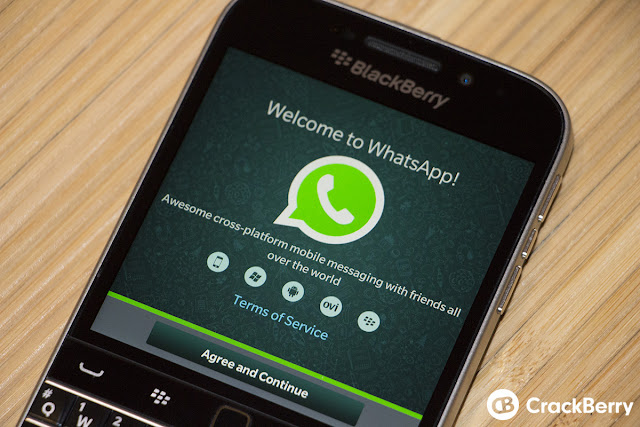WhatsApp gets rid of annual subscription fee

WhatsApp has announced that it will axe its $1 annual subscription fee starting today. The Facebook-owned messaging service is nearing a billion users, and will start exploring alternate business models. WhatsApp failed to monetize in emerging markets due to low debit and credit card penetration, which led to the service being offered for free. Today's announcement reflects a change of strategy that will see the platform acting as a facilitator between businesses and customers: Naturally, people might wonder how we plan to keep WhatsApp running without subscription fees and if today's announcement means we're introducing third-party ads. The answer is no. Starting this year, we will test tools that allow you to use WhatsApp to communicate with businesses and organizations that you want to hear from. That could mean communicating with your bank about whether a recent transaction was fraudulent, or with an airline about a delayed flight. We all get these messag